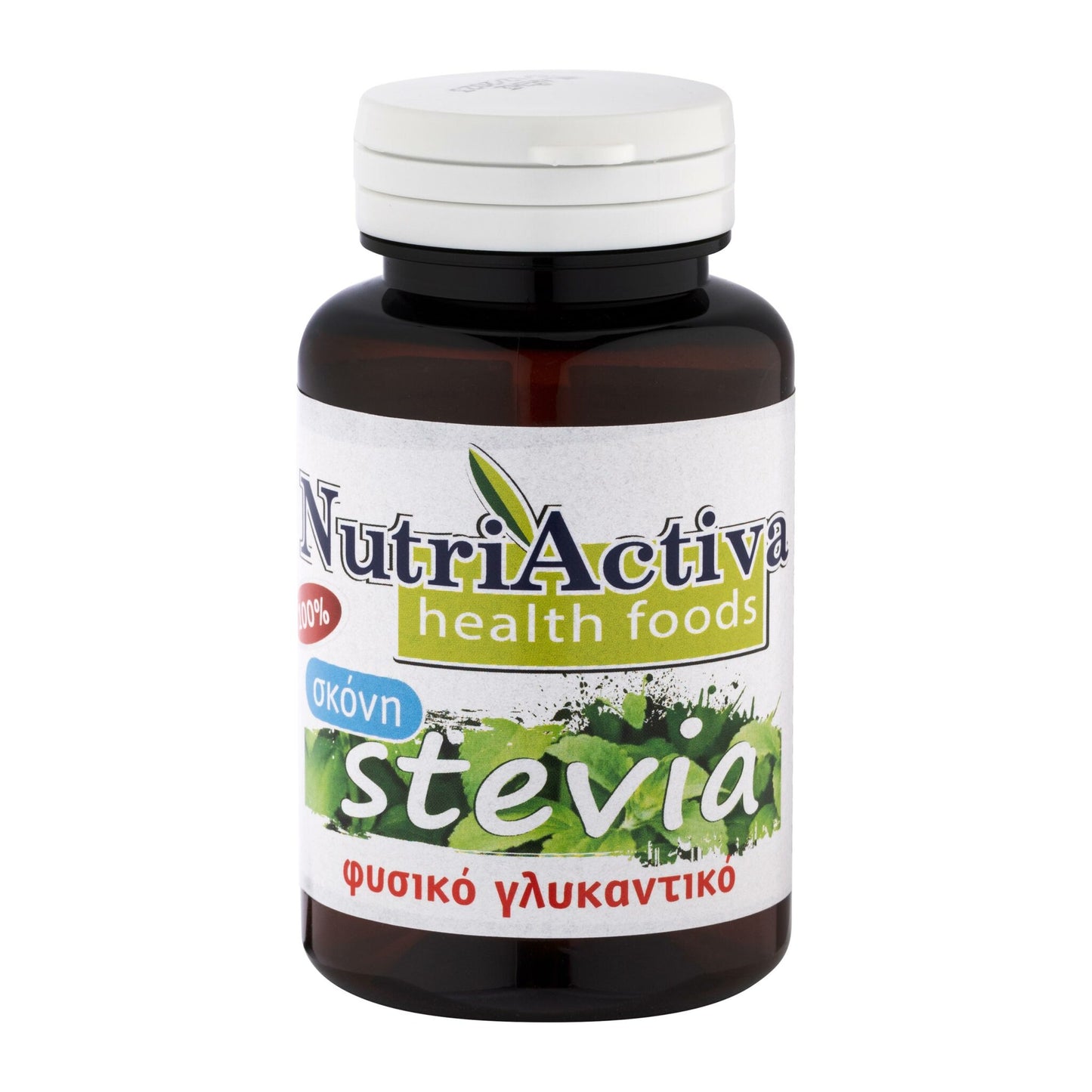Cosmeticum
Stevia
Stevia
Couldn't load pickup availability
Stevia (Stevia rebaudiana) is a perennial shrub up to 1m tall. Its leaves are about 4cm long and serrated. There are about 200 species of stevia but only the rebaudiana species has the highest intensity of sweetness. It has been cultivated for many years in various places, mainly in Latin America (Brazil, Paraguay, Uruguay etc.) but also in Israel, Thailand and China.
In recent years, efforts have been made to cultivate stevia in Greece as well.
The European Food Safety Authority (EFSA) emphasizes that stevia is "non-carcinogenic, non-toxic and non-hazardous to human reproduction" .
The sweetness of stevia is due to two main components, stevioside and rebaudioside.
For hundreds of years it has been used by various peoples not only as a sweetener, but also as a therapeutic agent, in cases of hypertension, indigestion, weight control, etc.
Stevia arrived in Europe in the 16th century from South America with Spanish explorers.
It is the only natural sweetener, without any calories, in contrast to sugar whose 1 gr gives 4 calories . It also has a zero glycemic index (GI). It is the best alternative for those who want to replace sugar, but mainly for diabetics and obese people.
The sweetener in stevia is stevioside, which is 300 times sweeter than sugar . Stevia also contains other important substances such as minerals, trace elements, chromium, magnesium, manganese, potassium, zinc, B vitamins (niacin), chlorophyll and phytosterols. It helps to lose weight, to improve the health of the teeth, against high pressure, it does not show allergic reactions, nor side effects, it has anti-hypoglycemic, anti-hypertensive, anti-inflammatory and immune properties. It is resistant to high temperatures (up to 200°C) which allows its use in cooking.
It is used in many foods, such as soft drinks, confectionery, special food products, diabetic food, beverages, sauces, etc.
Share


